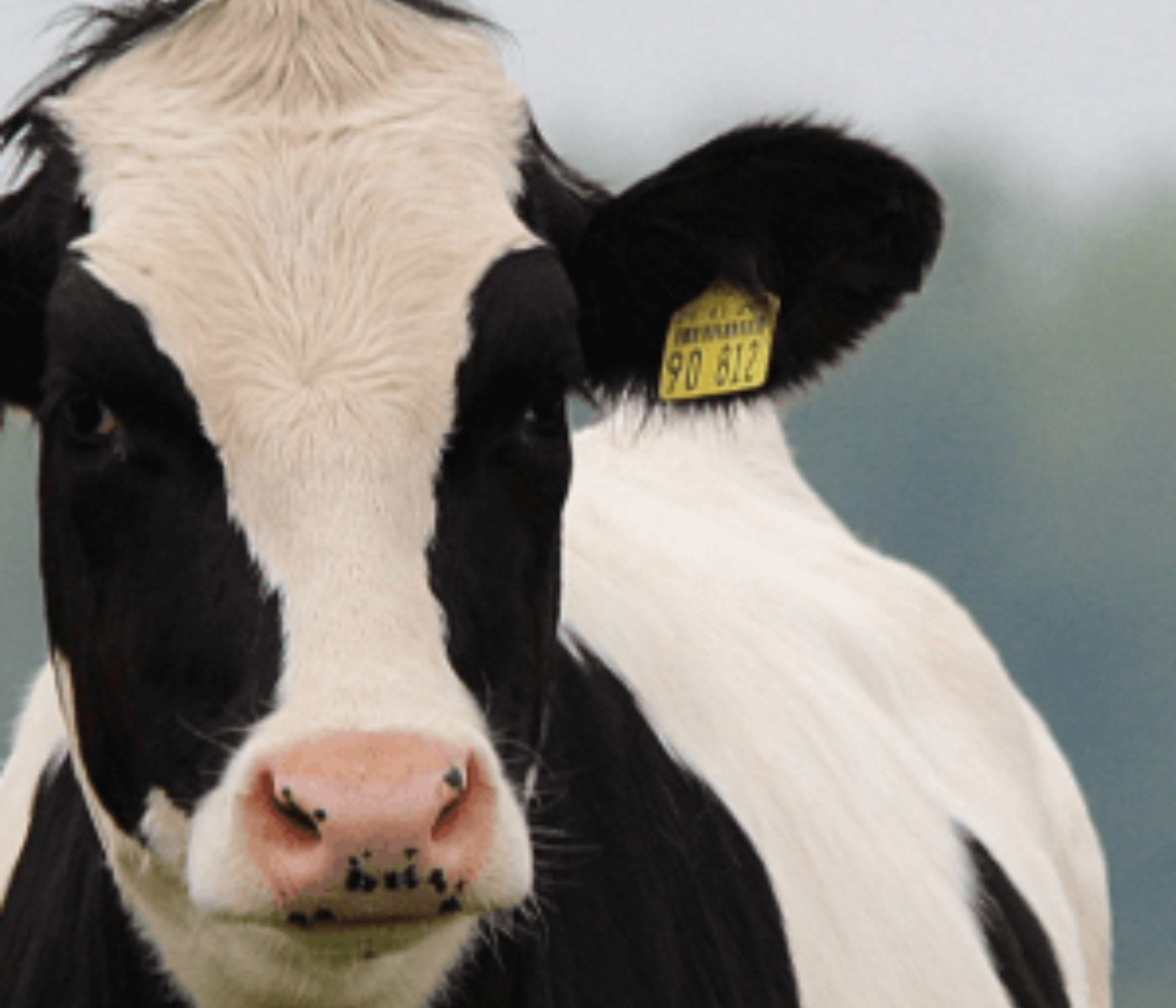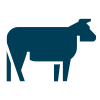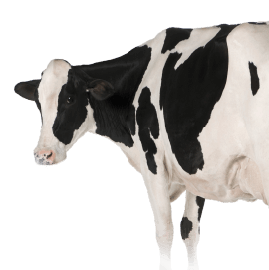Reasons to use fishmeal in cattle feeding.
 09 Jan 2024
09 Jan 2024
Reasons to use fishmeal in cattle feeding.
 The primary nutritional asset in fishmeal is its protein content, which greatly captures the attention of producers. In this discussion, we will explore the reasons why incorporating fishmeal into cattle diets is considered advantageous.
The primary nutritional asset in fishmeal is its protein content, which greatly captures the attention of producers. In this discussion, we will explore the reasons why incorporating fishmeal into cattle diets is considered advantageous.
The protein in fishmeal is highly digestible, ensuring optimal absorption and utilization by cattle. Fishmeal has gained recognition as a valuable component in cattle feeding, providing significant health and performance benefits to livestock. It is a high-quality protein source as it contains all the essential amino acids that cattle require for the growth and maintenance of their tissues.
Fishmeal has gained recognition as a valuable component in cattle feeding, providing significant health and performance benefits to livestock. It is a high-quality protein source as it contains all the essential amino acids that cattle require for the growth and maintenance of their tissues.
 Here are the reasons provided by researchers Crucita Graü de Marín, Hilda Marval, and Aracelys Zerpa de Marcano regarding the utilization of this feed source:
Here are the reasons provided by researchers Crucita Graü de Marín, Hilda Marval, and Aracelys Zerpa de Marcano regarding the utilization of this feed source:
 “High protein content (over 65%) and an excellent composition of essential amino acids, only inferior to milk and egg protein, and much superior to any plant protein product,” say the experts.
“High protein content (over 65%) and an excellent composition of essential amino acids, only inferior to milk and egg protein, and much superior to any plant protein product,” say the experts.
 Its vitamin content, especially B-complex vitamins, is very beneficial, in addition to being the only one that contains significant amounts of vitamin D.
Its vitamin content, especially B-complex vitamins, is very beneficial, in addition to being the only one that contains significant amounts of vitamin D.
 It contains significant amounts of minerals such as selenium and others, which act as coadjuvants in enzymatic processes.
It contains significant amounts of minerals such as selenium and others, which act as coadjuvants in enzymatic processes.
 Both fishmeal and fish oils include polyunsaturated Omega-3 fatty acids, comprising the crucial acids eicosapentaenoic acid (EPA) and docosahexaenoic acid (DHA). These essential components are naturally abundant in oily fish and are also present in foods enriched with Omega-3.
Both fishmeal and fish oils include polyunsaturated Omega-3 fatty acids, comprising the crucial acids eicosapentaenoic acid (EPA) and docosahexaenoic acid (DHA). These essential components are naturally abundant in oily fish and are also present in foods enriched with Omega-3.
 The nutrients found in fishmeal, including vitamins and minerals, play a role in enhancing the immune system of cattle. It is important to emphasize that a robust immune system is vital for disease prevention and the overall welfare of cattle.
The nutrients found in fishmeal, including vitamins and minerals, play a role in enhancing the immune system of cattle. It is important to emphasize that a robust immune system is vital for disease prevention and the overall welfare of cattle.
 Fishmeal has been shown to have a positive impact on the reproductive development of cattle. Improved semen quality in males and increased fertility in females are benefits associated with its inclusion in the diet.
Fishmeal has been shown to have a positive impact on the reproductive development of cattle. Improved semen quality in males and increased fertility in females are benefits associated with its inclusion in the diet.
 This dietary product is frequently derived from by-products of the fishing industry, actively promoting sustainability through the utilization of resources that would otherwise be discarded. This feature positions fishmeal as an environmentally responsible choice.
This dietary product is frequently derived from by-products of the fishing industry, actively promoting sustainability through the utilization of resources that would otherwise be discarded. This feature positions fishmeal as an environmentally responsible choice.
Source:
Subscribe now to the technical magazine of animal nutrition
AUTHORS

Nutritional Interventions to Improve Fertility in Male Broiler Breeders
Edgar Oviedo
The Use of Organic Acids in Poultry: A Natural Path to Health and Productivity
M. Naeem
Synergistic Benefits of Prebiotics and Probiotics in Poultry, Swine, and Cattle
Gustavo Adolfo Quintana-Ospina
Hybrid Rye Potential in Laying Hen Feed Rations
Gwendolyn Jones
A day in the life of phosphorus in pigs: Part I
Rafael Duran Giménez-Rico
Use of enzymes in diets for ruminants
Braulio de la Calle Campos
Minerals and Hoof Health in the Pregnant Sow
Juan Gabriel Espino
Impact of Oxidized Fats on Swine Reproduction and Offspring
Maria Alejandra Perez Alvarado